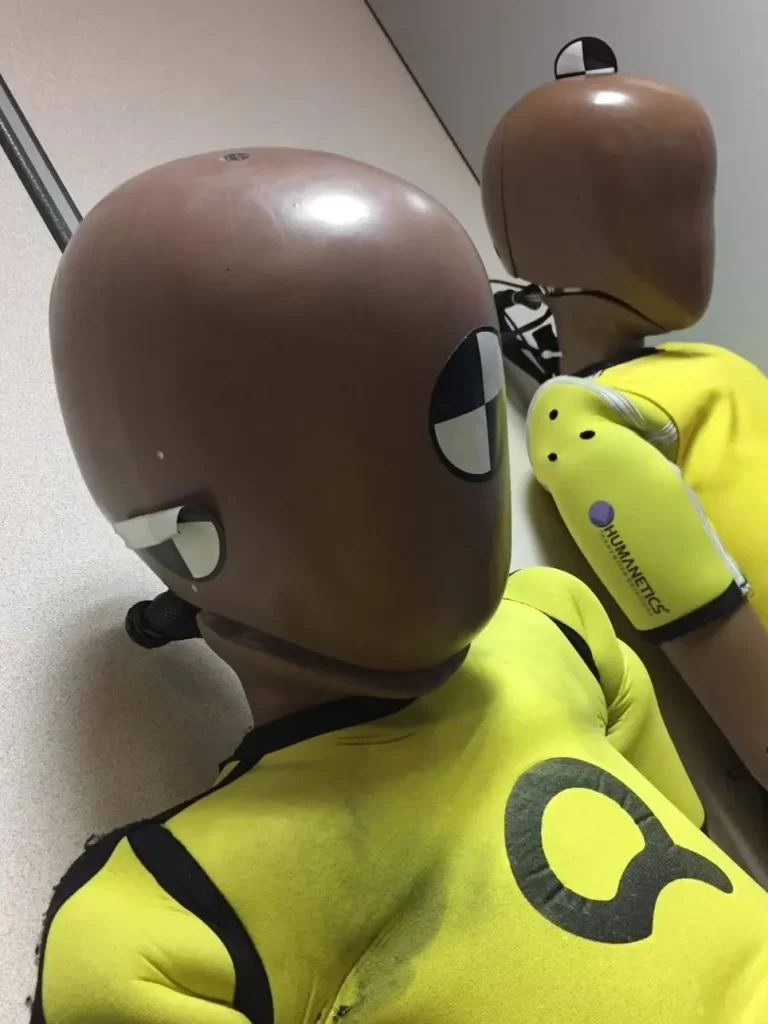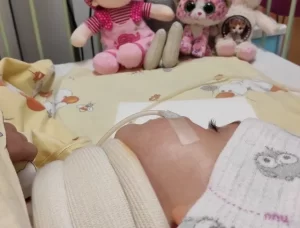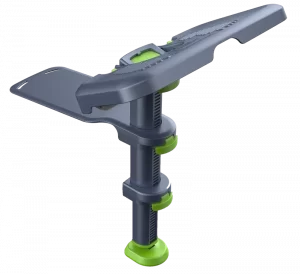
All car seats in the EU has to pass a certain standardised test before they can be sold to consumers. The R129 is the latest standardised test and was introduced in 2013 as a complement to the older ECE R44 certificate.
The main ideas behind introducing the R129 certification was to make it easier to install the seat with ISOFIX, to test side impact collisions and focus on the children’s height instead of weight. The new i-Size regulation states that all children should travel rear-facing at least up to 15 months. The R129 will replace the ECE R44 certificate in the coming years and will also be available for belt attached seats.
Pros & Cons with R 129
+ Tests the seat in all angles (front, rear, side)
+ Stresses the importance of ease of use
+ Makes it possible to install 3 seats in the back of a car
– Allows forward-facing seats already from 15 months old, despite that all research shows that this too early and that it is 5 times safer for a child to face rear-ward.
– Allows swivel seats that can be used as forward-facing seats at any time
– Relatively low speeds used in crash tests











